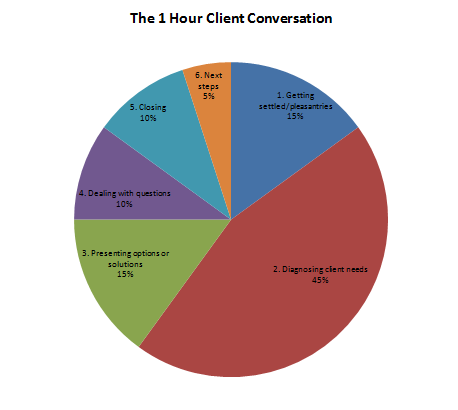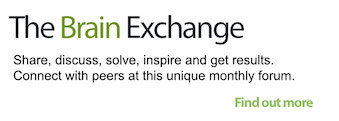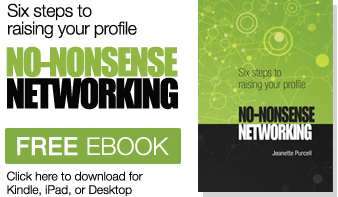Are you listening to your clients?

I was talking to a group of business people recently on the subject of winning and keeping clients. We agreed that face to face conversations with clients are the best opportunity you have to win them over. It’s a shame then, that this critical stage in the process is often poorly managed. When we’ve done all our marketing and networking and have actually got a hot prospect who is willing to sit down and have a discussion with us, we go and mess it up. Why is this? Most of the time it’s because we are so intent on selling our product or idea that we forget to listen. Remember, the aim is not to dump information on the client. Rather, the intention is to identify what their problem or challenge is, show how your product or service can help them and then elicit a positive response.
So a large part of the conversation will involve listening to the client, asking them questions and being interested in what they are saying. Sounds easy doesn’t it? It’s not. Listening patiently is hard – we are all too eager to say our piece and jump in with our solutions. But if you can spend time allowing your client to talk, and being genuinely interested, they will be delighted and impressed. And that’s how you begin to establish a sustainable trusting relationship – the kind of relationships that are more likely to bring you business. Because we tend to do business with people we like and trust.
A colleague of mine, Jamie Hancox of ‘buyingtime’ (http://www.buyingtime.co.uk/), gave me the idea of describing the perfect client conversation. So I created this diagram to show the key stages of the discussion (see above). This format is not intended to be prescriptive. It simply illustrates just how much time is spent on understanding the client and diagnosing their needs. Of course, you still have to describe the benefits of what you do and you have to close the sale (it’s all too easy to shy away from this crucial bit!) but those parts take up relatively less time.
Remember, companies do not make the decision to hire or buy. People do. The relationship you build with people in your client organisations is crucial to your business. Try listening, it’s very effective.
Both comments and pings are currently closed.


















